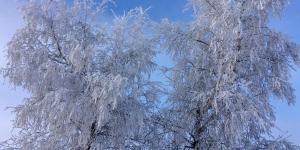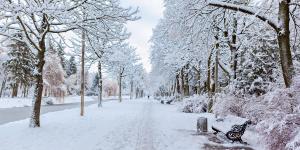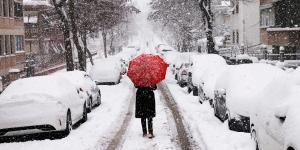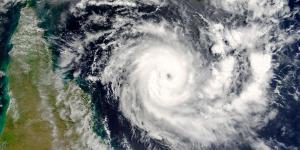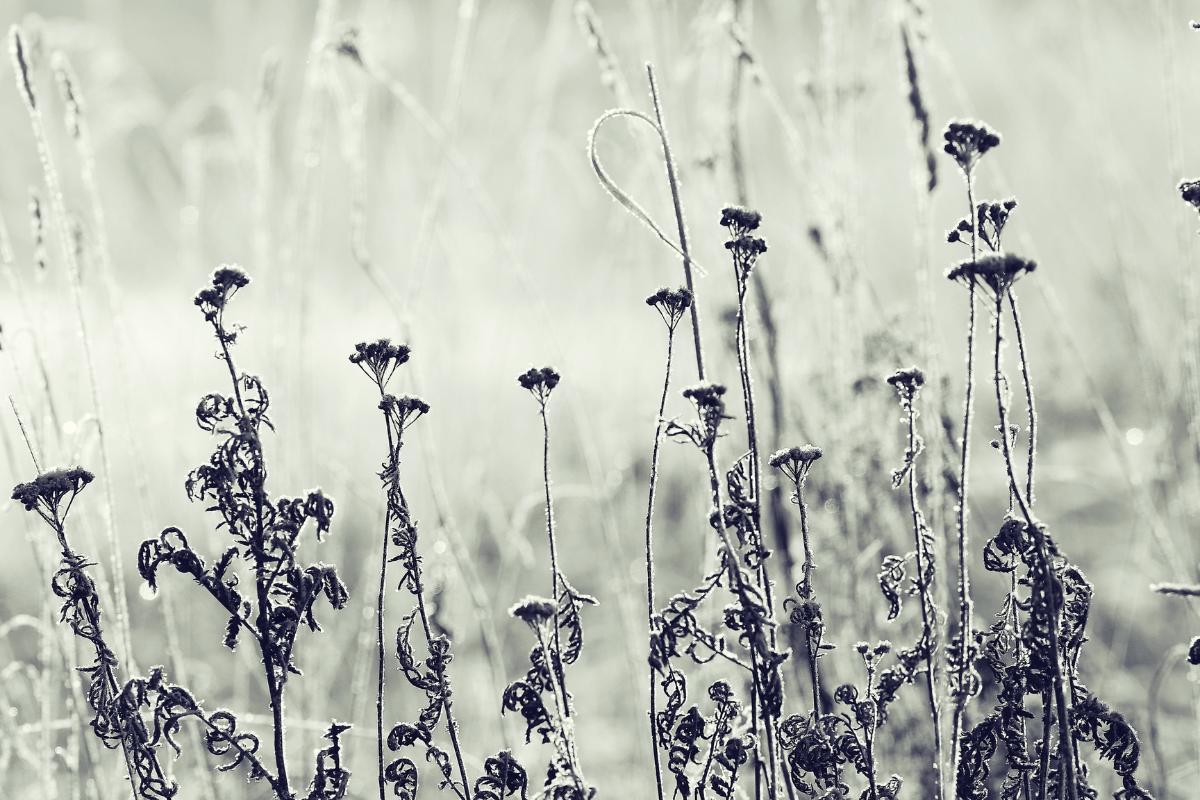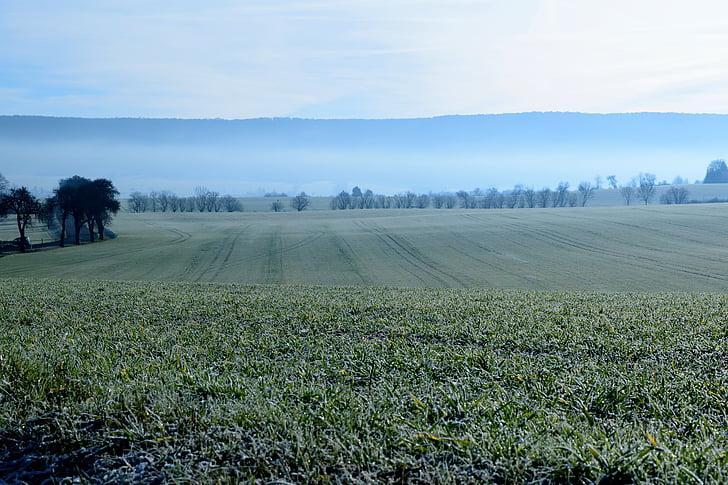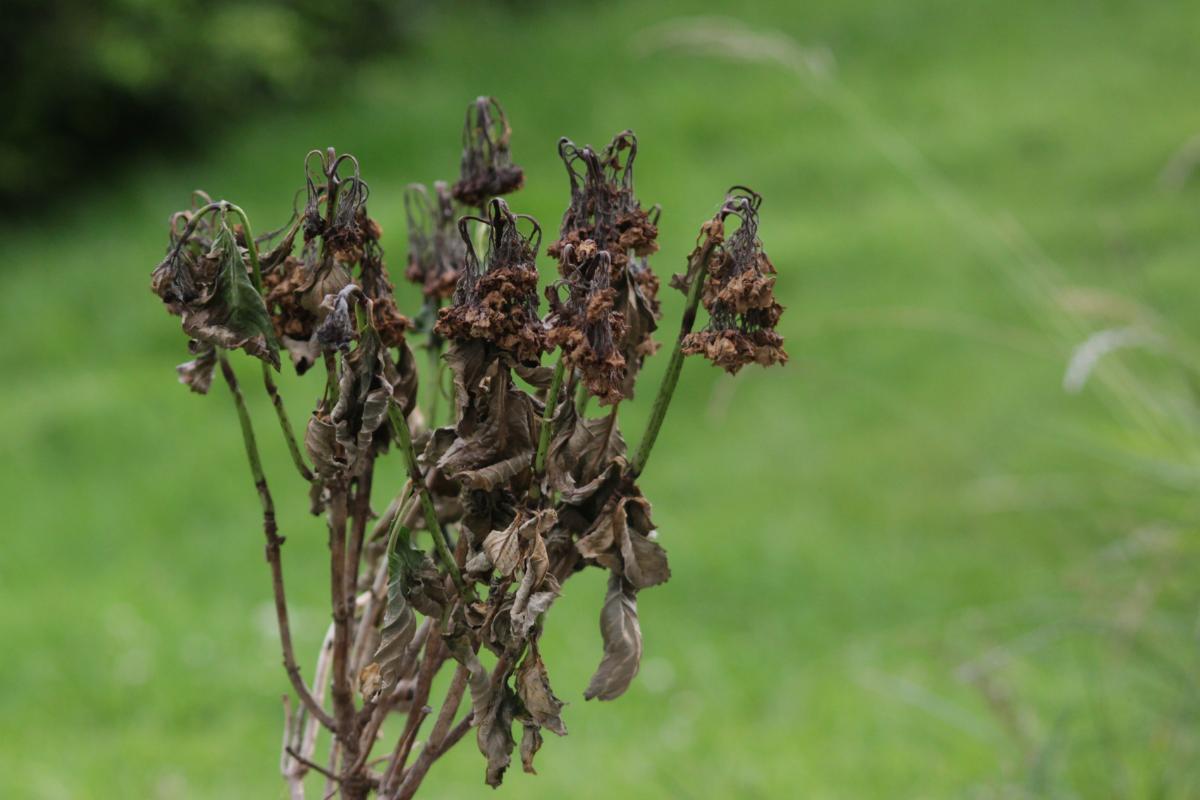What Is Black Frost?

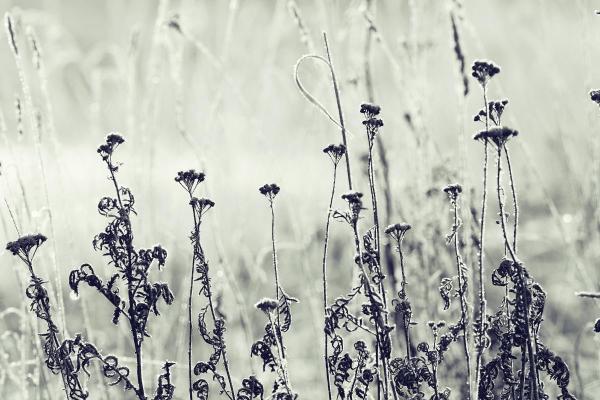
Frost occurs when water vapor comes in contact with a surface that is freezing and turns to ice. While it is a meteorological phenomenon, it is not exclusively so. Frost can appear on a very cold drink or a popsicle out of the ice box. It can even appear on our nose if the conditions are conducive to it. Different surfaces will react differently to frost formation, something especially consequential in nature. Also known as killing frost, black frost is a type of frost which can be potentially very damaging to plants. This is because the lack of humidity combined with the freezing temperature freezes the moisture within the plants themselves.
At thedailyECO, we ask what is black frost? We look at how killing frost compares to other types of frost, as well as its effects on nature.
What is a black frost?
A black frost is a meteorological phenomenon that occurs when temperatures drop enough to freeze the tissues of various plants. In other types of frost, surface moisture is frozen by the very low temperatures, creating ice crystals on plants and other surfaces. When black frost occurs, the lack of humidity in the air means the plant tissues and other objects with moisture freeze. It can kill the plant, the reason it is also known as killing frost.
While they may appear intact at first on the outside, the plants are damaged internally due to the expansion and solidification of the fluids as they freeze. This phenomenon is called black frost because the freezing eventually causes the tissues to turn black. While the survival of the plant will depend on the extent of the black frost, it can be very destructive. It is particularly problematic for agriculture since it can cause the death of crops.
The exact temperature at which a black frost occurs can vary depending on various factors. These include the relative humidity of the air, the presence of wind and the length of the cold period. It generally occurs when temperatures drop below 0ºC (32ºF), although they do not necessarily reach extremely low values. It usually happens in temperate and subtropical climates during certain times of the year, especially during spring and fall. This is due to temperatures fluctuating sharply.
Not all plants will react to frost in the same way, with some being much more resistant than others. Discover which fall into this category with our article on winter outdoor plants for pots.
What are the types of frost?
Frost occurs when surface moisture freezes into ice crystals, meaning black frost is not technically an actual type of frost. However, it is included in this meteorological category due to the similarity of its effects and action. Other types of frost occur when conditions vary. They include:
- White frost: this is the most common type of frost and occurs when temperatures drop below freezing and dew freezes on the surface of plants and other objects.
- Hoar frost: also known as radiation frost or pruina, this type of frost occurs under conditions of clear skies and calm winds at night. When the Earth rapidly loses heat through radiation, air layers near the surface cool, causing ice crystals to form on vegetation.
- Advection frost: this frost occurs when a mass of cold air moves over a warmer, wetter region, cooling the surface and causing plants to freeze in the process. Advection frost can occur in coastal areas or in regions where cold winds blow from colder areas to warmer areas.
- Thermal inversion frost: this type of frost occurs when a layer of cold air forms near the surface while a warmer layer lies above it. This thermal inversion prevents cold air from mixing with warmer air, which can result in very low temperatures near the ground and the formation of frost.
While it is also not technically a type of frost, rime ice is often included in the category. This is because it occurs by water first turning to liquid and then supercooling to form ice. It also has a different texture and you can learn all about it in our article asking what is rime ice and how is it formed?

What are the effects of black frost?
The consequences of a black frost are significant and varied, affecting both agriculture and the wider environment in general. It can cause serious damage to crops, especially those that are sensitive to cold. Affected plants experience tissue death, resulting in leaves wilting and fruits decaying. The practical effects are that crop growth and production are reduced. The entire plant may die in some cases, leading to significant economic losses for farmers.
Black frosts affect food availability and price, especially if the damaged crops are important for human or animal consumption. This can have implications for food security at local, regional and even national levels. This is especially so in areas where food is scarce or where agriculture is vulnerable to extreme weather conditions.
In addition to affecting crops, black frosts also have an impact on the environment in general. For example, they affect natural vegetation and reduce biodiversity in the affected ecosystems.
Discover where are the world's biodiversity hotspots with our related guide.
How does black frost affect the US?
We have already understood the effects of black frost on plants and the damage to agriculture it can cause. Unfortunately, the increasing climate instability in the US and across the world can mean frost of all kinds can become very erratic[1]. Black frost is particularly damaging because it is not always easy to predict, being similarly difficult to prevent.
Black frost affects:
- Ornamental plants and gardens: we need to choose the right plants for our climate as many will not be resistant to sudden drops in temperature. If we have particularly sensitive plants, we may want to keep them inside during cold spells for their protection.
- Agriculture: in the US, black frost is particularly damaging to high-yield crops in the Midwest, such as corn, wheat and soybean. In hotter states such as California and Florida, fruit such as apples, oranges and grapes are particularly vulnerable.
- Economy: this agricultural impact can have seriously deleterious effects on the market, raising prices and putting farmers out of business. This will also have drastic effects on the consumer.
Learn about one way to help mitigate the damage of climactic conditions such as killing frost with our article asking what is regenerative farming?
You can see a photo of a plant affected by black frost below:

Difference between black frost and white frost
The main difference between a black frost and a white frost lies in the effect they have on plants and how they occur:
- Black frost: occurs when temperatures drop enough to freeze the internal tissues of plants, but do not freeze the water present in them. This means that plants may appear intact on the outside, but are actually damaged on the inside.
- White frost: a more common phenomenon that occurs when temperatures drop below freezing and dew freezes on the surface of plants and other objects. Unlike black frost, white frost does not penetrate plant tissues, but can cause external damage. This includes burning of leaves and flowers. White frost is usually more visible, as it forms a visible layer of ice on exposed surfaces, making it easier to detect.
Now you know about the differences between black frost and white frost, you may want to know more about freezing meteorological conditions with our article asking what is a cold weather phenomenon?
If you want to read similar articles to What Is Black Frost?, we recommend you visit our Meteorological phenomena category.

